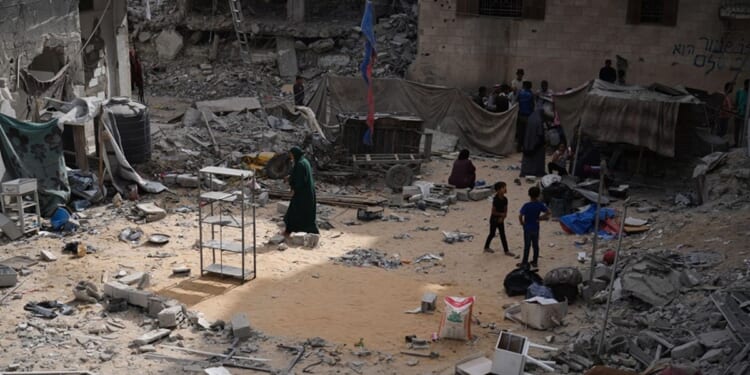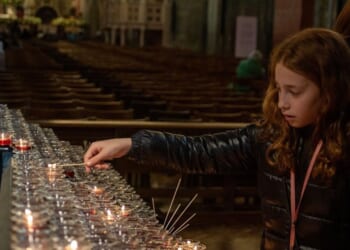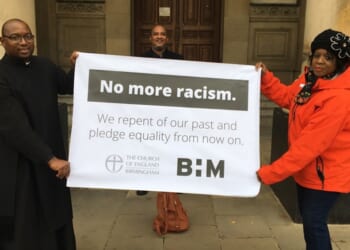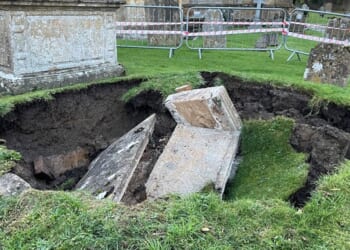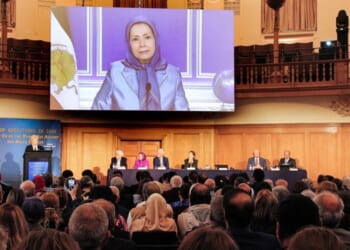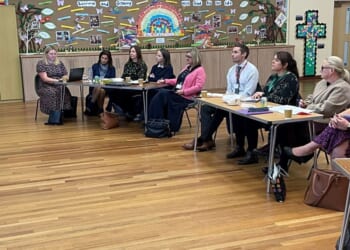THE Gaza ceasefire appeared to break down on Tuesday, amid accusations that both sides had violated the agreement.
At least 104 people in Gaza were killed in Israeli air strikes on Tuesday evening, the local health authority reported. This brings the number believed to have been killed in Gaza, since the Hamas terrorist attacks of 7 October 2023, to more than 68,500.
Israel said that the strikes were in response to violations of the ceasefire plan by Hamas, and accused the group of shooting dead a member of the Israel Defense Forces (IDF) in the north of Gaza.
Both sides also made accusations about the return of the bodies of hostages. Hamas said that Israel was impeding excavation work required to extract bodies from under rubble, while Israel said that Hamas was not honouring its agreements to return the bodies.
The Israeli government said that human remains handed over on Monday did not belong to one of the deceased hostages still in Gaza, but to another hostage whose body was recovered in late 2023.
In a statement, a Hamas spokesperson said that Israel was trying to “fabricate false pretexts in preparation for taking new aggressive steps”.
Israel further accused Hamas of deceit, publishing drone footage that appeared to show a body being moved and reburied, before a photographer arrived, seemingly “to record it being uncovered”.
The International Committee of the Red Cross, which is facilitating the return of hostages, said that its team in Gaza was “not aware that a deceased person had been placed there prior to their arrival, as seen in the footage”.
A fake recovery was “unacceptable”, it said, “when so much depends on this agreement being upheld and when so many families are still anxiously awaiting news of their loved ones”.
Hamas has not responded directly to the accusations of staging the recovery.
The US government, which brokered the ceasefire deal, has sought to minimise the significance of the latest violations of the agreement. ”The ceasefire is holding,” Vice-President J. D. Vance said on Tuesday, but “that doesn’t mean that there aren’t going to be little skirmishes here and there.”
CAFOD’s Middle East representative, Elizabeth Funnell, said this week that a ceasefire in Gaza was, on its own, “not enough to bring a just and sustainable peace” to the region.
Speaking through CAFOD, a priest, who wished to remain anonymous, and is based near Jenin, in the occupied West Bank, said: “In the past, whenever they stopped in Gaza, they were more aggressive in the West Bank.”
Movement around the West Bank was getting progressively harder for Palestinians, he said, owing to the introduction of new checkpoints. During a recent stop by the IDF, he had been instructed to strip in the street. People needed to learn “how to live together . . . in peace not hatred. We have to change the language, to change the hearts. This is the hope,” he said.
In an address to the Leeds branch of the Council of Christians and Jews on Tuesday evening, the Archbishop of York described the ceasefire as “very fragile”.
“In the last few days, we have seen glimmers of hope as Israeli hostages have been released, and the bodies of those killed in those awful days and thereafter are being returned. But we must continue to pray that this terrible time will come to a close,” the Archbishop said.

